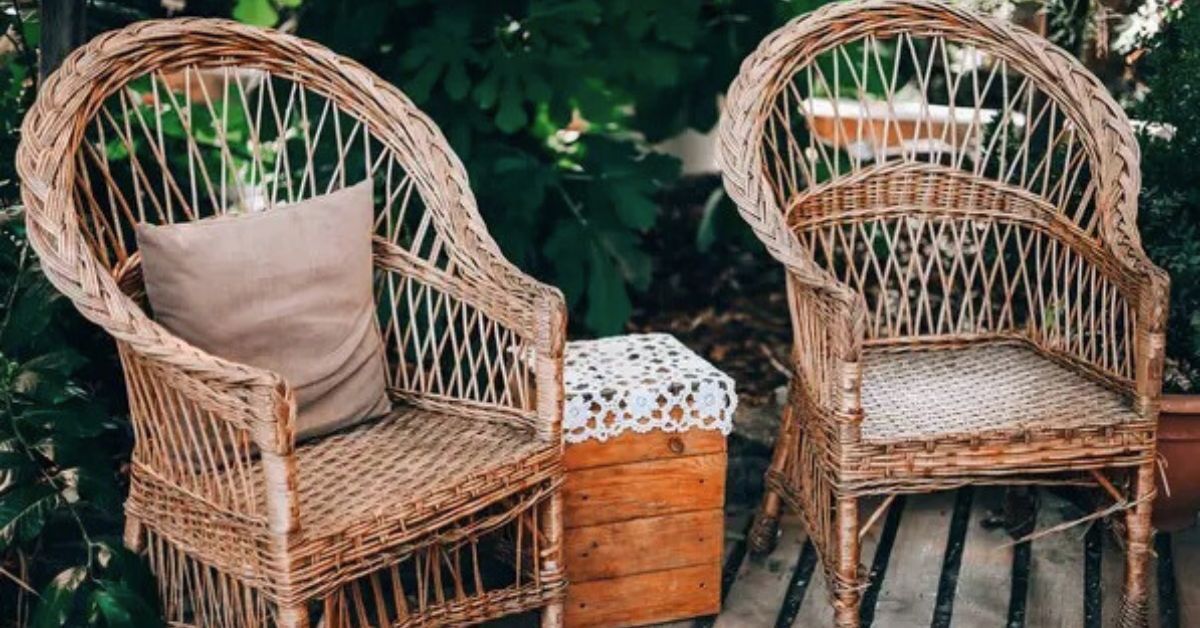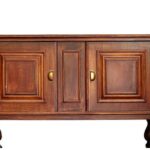For many people, rustic furniture has become more than just home décor—it represents a lifestyle. With its natural textures, handcrafted designs, and timeless appeal, rustic furniture adds warmth and authenticity to any living space. Because of its popularity, sellers across the country are turning to Facebook Marketplace to list their rustic furniture, often reaching eager buyers looking for pieces in their local area.
But selling rustic furniture successfully requires more than simply posting a listing. One of the most important steps is pricing your items correctly. Set the price too high, and your furniture may sit unsold for weeks. Set it too low, and you miss out on potential profit. The good news is that with the right strategy, you can find the perfect balance between attracting buyers and maximizing your earnings.
Why Rustic Furniture is in High Demand
Rustic furniture has carved out a strong niche in the home décor industry because it combines practicality with character. Buyers love the charm of wood grains, hand-carved finishes, and sturdy craftsmanship that often lasts longer than mass-produced pieces. In a world where many items are disposable, rustic furniture offers authenticity and durability.
On platforms like Facebook Marketplace, demand for rustic furniture has grown significantly as people search for unique and affordable décor. Local buyers often prefer rustic pieces because they can see, touch, and transport them without the added expense of shipping. Sellers who understand this demand can position themselves for consistent sales.
Understanding the Market for Rustic Furniture
Before setting prices, it’s important to understand how rustic furniture performs in your local market. Prices vary widely depending on location, buyer demand, and the type of furniture you’re selling. For example, a solid oak rustic dining table in a suburban area may fetch a higher price than a similar item in a small rural town.
To get a clear picture:
- Research Listings “Near Me” – Search for rustic furniture in your area on Facebook Marketplace. Compare the average prices of similar items.
- Consider Regional Demand – Urban areas often have higher demand and pricing power due to greater interest in home décor trends.
- Check for Supply Levels – If your local area is saturated with rustic furniture listings, you may need to adjust your price to stay competitive.
This initial research forms the foundation for your pricing strategy.
Factors That Influence Pricing
Several key factors will affect how much you can charge for rustic furniture on Facebook Marketplace:
- Condition: Like-new or professionally restored pieces can command higher prices.
- Material Quality: Solid wood, reclaimed wood, and handcrafted furniture are often valued more than mass-produced alternatives.
- Size and Function: Larger items like dining tables or bed frames typically sell for more than smaller pieces like end tables.
- Brand and Origin: Furniture from known makers or custom-built pieces often carry extra value.
- Current Trends: If rustic farmhouse décor is trending in your area, prices may rise temporarily.
Evaluating these factors before setting your price ensures that your listing matches market expectations.
Step-by-Step Guide to Pricing Rustic Furniture
Here’s a simple process to follow when deciding how to price your rustic furniture on Facebook Marketplace:
- Start with Market Research – Look at at least 10 comparable listings near you. Note their price range.
- Evaluate Your Item’s Value – Compare your furniture’s condition, size, and materials to what’s already listed.
- Set a Competitive Starting Price – Aim for the middle to upper end of the average range, leaving room for negotiation.
- Factor in Buyer Psychology – Round your price slightly below whole numbers, such as $495 instead of $500.
- Prepare for Negotiations – Many Facebook buyers expect to haggle. Price your item a little higher than your bottom line.
By applying this process, you’ll position your rustic furniture for faster sales without losing profit potential.
Example Pricing Scenarios
- A rustic farmhouse dining table with visible wear might be priced between $250–$350.
- A reclaimed wood coffee table in excellent condition could fetch $150–$200.
- A handcrafted oak dresser may be listed at $400–$600 depending on demand.
These ranges vary by location, but they highlight how material, condition, and function influence pricing.
How to Write a Strong Listing That Justifies Your Price
Pricing is only half the battle. Buyers need to see value in your furniture. Your listing should communicate why your item deserves its price point.
Tips for writing effective listings:
- Use Clear, Descriptive Titles: Example: “Rustic Solid Oak Dining Table – Excellent Condition – Local Pickup.”
- Highlight Features: Mention wood type, craftsmanship, and unique rustic details.
- Be Honest About Wear: Buyers appreciate transparency about scratches or minor flaws.
- Add Measurements: Dimensions help buyers visualize how the piece fits in their space.
- Include Multiple Photos: High-quality images from different angles build trust.
Well-written listings reduce unnecessary questions and increase serious inquiries.
Leveraging Keywords for Better Visibility
To maximize exposure on Facebook Marketplace, include relevant keywords in your listing. For rustic furniture, strong keywords include:
- Rustic farmhouse furniture
- Solid wood dining table
- Reclaimed wood dresser
- Rustic end tables near me
- Handcrafted rustic furniture
Placing these keywords naturally in your title and description increases the chances of your listing appearing in buyer searches.
Timing Your Listings for Maximum Engagement
When you post your listing can also impact how quickly it sells. For rustic furniture:
- Evenings and Weekends – Buyers are more active during these times.
- End of the Month – Many people move or redecorate at the end of the month, creating higher demand.
- Holiday Seasons – Home décor sales often spike around Thanksgiving and Christmas.
Timing your posts strategically can help you get more views and faster responses.
Negotiation Strategies That Protect Your Profit
Buyers on Facebook Marketplace often expect to negotiate. To ensure you don’t lose profit:
- Start slightly above your lowest acceptable price.
- Politely decline offers that are too low without discouraging the buyer.
- Highlight the furniture’s durability and uniqueness during discussions.
- Offer bundle deals if selling multiple rustic pieces.
- Strong negotiation skills help you maintain profitability while still closing deals.
When to Lower Prices
Sometimes items don’t sell immediately, even with good photos and descriptions. If your rustic furniture has been listed for several weeks with little interest:
- Lower the price slightly to attract attention.
- Renew or edit the listing to refresh visibility.
- Consider offering delivery for an additional fee to expand your buyer pool.
- Price adjustments should be small and gradual rather than drastic.
Safety Tips for Selling Rustic Furniture
When selling locally on Facebook Marketplace, safety should always come first:
- Meet buyers in public places or bring a friend if they come to your home.
- Accept secure payment methods such as cash, PayPal, or Facebook Pay.
- Never share unnecessary personal information.
These precautions keep your selling experience safe and professional.
Long-Term Strategy for Rustic Furniture Sales
If you plan to sell rustic furniture consistently, treat it like a small business. Create a recognizable seller profile, collect positive reviews, and maintain professionalism in all interactions. Over time, you can build a reputation as a trusted seller in your area, which may allow you to charge premium prices.
You can also expand by sourcing rustic furniture from estate sales, auctions, or wholesalers and reselling them at a profit on Facebook Marketplace.
Conclusion
Selling rustic furniture on Facebook Marketplace offers an incredible opportunity to connect with local buyers and maximize profits. The key to success lies in understanding your local market, setting competitive yet profitable prices, and creating detailed, keyword-rich listings that highlight your furniture’s unique value.
By following the strategies outlined in this guide—researching, pricing strategically, optimizing listings, and negotiating effectively you can increase your chances of consistent sales while maintaining strong profit margins. Rustic furniture is more than just a product; it’s a timeless style that continues to attract buyers, and with the right approach, it can also become a reliable source of income for sellers.









